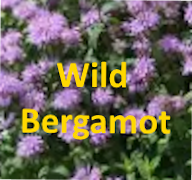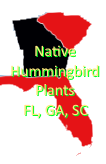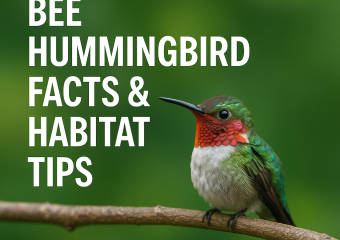Hummingbird Guide: Why They Adore Honeysuckle Nectar!
The Nectar Delight: Why Black-chinned Hummingbirds Prefer Honeysuckles
Why Black-chinned Hummingbirds Are Drawn to Honeysuckles
Black-chinned hummingbirds, exquisite and sprightly, exhibit a marked preference for the nectar of honeysuckles. This preference isn’t merely incidental; it’s a fine example of nature’s synchronicity. The honeysuckle plant, with its vibrant, trumpet-shaped flowers, is almost tailor-made for the feeding habits and physical structure of these small birds. But what exactly about honeysuckle nectar appeals so much to the black-chinned hummingbird?
Honeysuckles are abundant nectar producers. Unlike some other plants, whose flowers may offer lower nectar yields, honeysuckles consistently provide a robust supply. For energy-intensive flyers like hummingbirds, this is crucial. The high sugar content of honeysuckle nectar (which can be roughly 50% sugar by weight) provides the essential energy black-chinned hummingbirds require for their vigorous daily activities, which include long-distance flying and territorial defense.
Nectar Production and Replenishment in Honeysuckles
Once a hummingbird or any other nectar feeder visits a honeysuckle, the flower’s nectar supply diminishes. However, honeysuckles are remarkable not just for the quantity of nectar they initially offer, but also for their ability to replenish this nectar swiftly. Typically, a honeysuckle flower can replenish its nectar within 24 hours, a rate that aligns well with the frequent visits of hummingbirds during the blooming period.
Blooming Duration of Honeysuckles
The length of the blooming period for honeysuckles can significantly impact the feeding patterns of black-chinned hummingbirds. Fortunately, honeysuckles have a relatively long blooming period. Depending on the species and environmental conditions, honeysuckles can bloom from spring through to late summer or early fall. This prolonged period of nectar availability is essential in supporting local hummingbird populations throughout the breeding and migratory seasons.
Cost and Cultivation of Honeysuckle Plants
Considering adding honeysuckles to your garden to attract these charming birds? Honeysuckle plants are generally affordable and offer great value due to their vigorous growth and long blooming periods. The cost of a honeysuckle plant can vary depending on the size and species but typically ranges from $10 to $30 per plant.
Cultivating honeysuckles is straightforward. These plants are hardy and can be grown in a variety of soil types, though they prefer well-drained soils. Honeysuckles thrive in full sun to partial shade and can be grown in many parts of the United States, particularly in USDA hardiness zones 4 through 9. When planting honeysuckles, ensure they have a support structure like a trellis or a fence to climb, which mimics their natural tendency to scale and spread.
The Mutual Benefits for Hummingbirds and Honeysuckles
This wonderful relationship between black-chinned hummingbirds and honeysuckles exemplifies ecological mutualism. While the hummingbirds get a reliable source of high-energy nectar, the honeysuckles benefit from pollination. As the birds move from flower to flower, feeding, they inadvertently transfer pollen, helping the plants in reproduction.
Incorporating honeysuckles into your garden can provide you with a lively and colorful environment, buzzing with the activity of visiting hummingbirds. Not only will these exquisite birds benefit from the sustenance these plants provide, but they will also add dynamism and beauty to your garden, making it a bustling hub of wildlife activity.
Understanding the behaviors of black-chinned hummingbirds and their preference for honeysuckle nectar can enrich our understanding of ecological relationships and the delicate balances within nature. By planting honeysuckles, we not only enhance our garden aesthetics but also contribute to the nourishment and survival of these fascinating avian creatures. Share and connect with nature, watching the swift, vibrant dance of hummingbirds around honeysuckle vines is an enchanting and rewarding experience for anyone.






